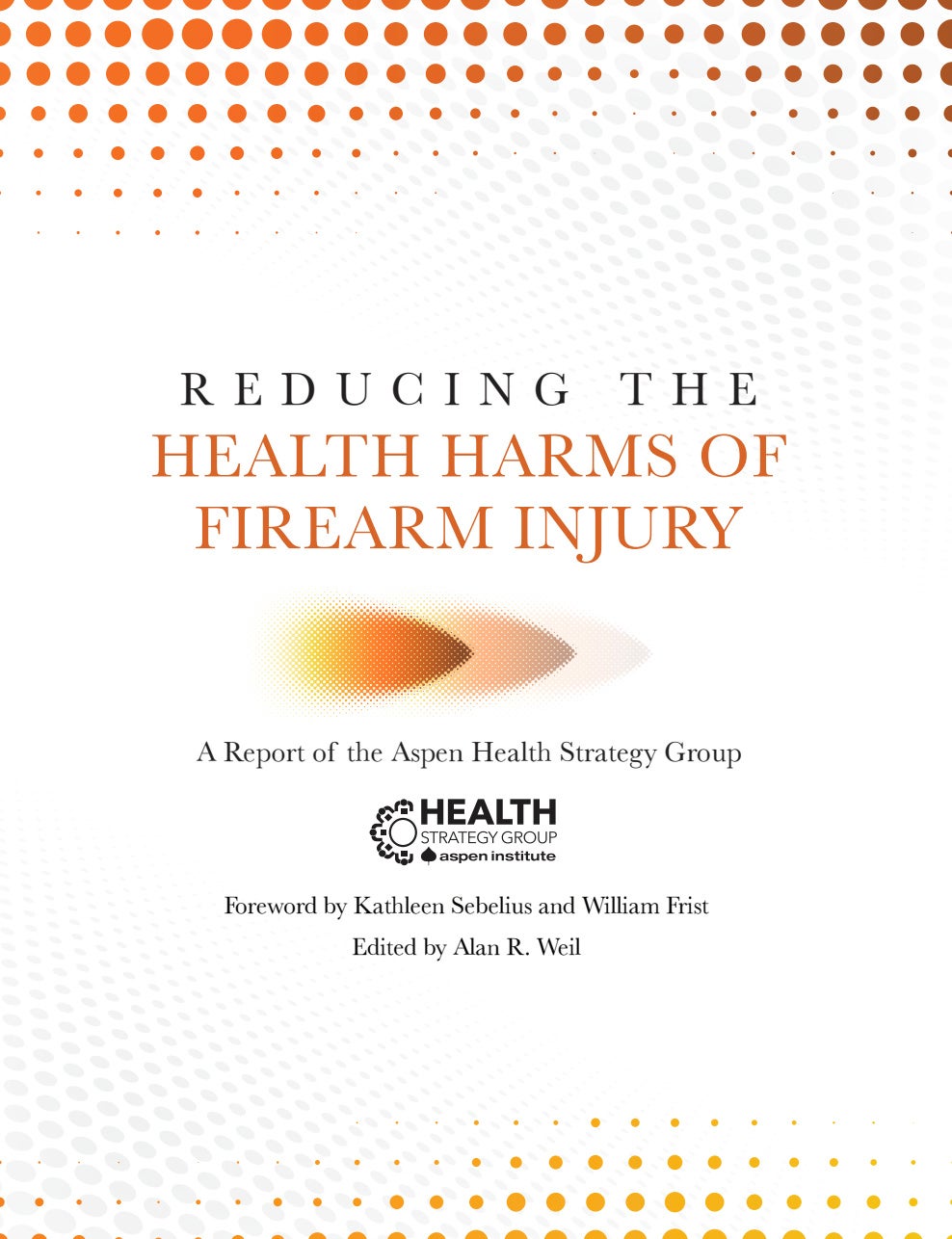In March, for the first time in the history of the organization, Doctors Without Borders (MSF) set up operations in the US to provide critical medical interventions for vulnerable and disenfranchised populations in response to COVID-19. Among the most exposed to the virus are migrants. MSF established a presence in Immokalee, Florida to assist migrant farmworkers. Many of those requiring assistance are the very same ones who fill in roles in the agricultural sector deemed essential by the US government. But what does “essential” mean, and how do we as a society demonstrate we value essential workers?
The US Department of Homeland Security issued a memorandum on March 19 laying out guidance for states to determine who qualifies as “Essential Critical Infrastructure Workers.” The president noted that while it should be used to inform their decision-making, state governments had the right to accept or reject the guidance. The federal government had been slow to issue guidan ce on anything related to the COVID-19 outbreak. When guidance was offered, it was oftentimes confusing, unclear, or walked back, leaving the general public, state and local governments, and employers unsure of how to best and most carefully navigate a global pandemic. The state of Florida chose to follow the President’s words and actions very closely when it came to implementing a stay-at-home order; Governor DeSantis did not issue his executive order mandating stay at home until the White House extended its guidelines for social distancing through the end of April. Florida was the 34th state to issue such an order. DeSantis also very closely followed the federal government’s guidance on classifying essential workers, modifying it slightly. Of the 17 different categories of food and agricultural workers deemed essential by the government, only workers at greenhouses did not make Florida’s list.
According to Rural Neighborhoods, two-thirds of farmworkers in Florida are seasonal laborers, and one third migrates. Florida has the third-highest number of agricultural workers of any state, at nearly 129,000 in 2016. Because agricultural work is seasonal, and different crops need to be harvested at different times throughout the year, these essential workers need to migrate to continue working, and we—the people demanding these food staples—need them to migrate in order to keep up the supply of the food chain. Across the US, Hispanic workers make up 17% of the total workforce but account for 53% of agricultural workers. The Department of Labor indicates that 24% of all farmworkers are US-born, and among those, 35% are Hispanic.
Florida’s stay-at-home order expired on May 4, and the state is currently in the second phase of reopening despite a resurgence of COVID-19 cases (103,503 total as of June 24). What are some possible explanations for the increasing number of cases? Perhaps testing has become more widespread in some communities. But that doesn’t mean the cases weren’t previously there just going undetected.
DeSantis made the case recently that agricultural workers—particularly Hispanic farmworkers and day laborers—are to blame for the new surges of COVID-19 cases. Understandably, this misplaced blame has stoked the flames among those workers and the people who represent them, many of whom made requests of the state government for tests and other medical protective equipment that went unanswered. DeSantis’s staff has argued that the state did provide equipment to the agricultural sector. So for the sake of argument, let’s say the government did all they could to react to the situation. Even so, reacting (and slowly at that) is not sufficient. And scapegoating an entire ethnic group to save one’s own face is ineffectual and harmful to solution-building. It’s also the opposite of valuing essential work; a pointed attack on a group of people who are critical to the food supply chain.
What is undoubtedly the more truthful explanation for why there has been a recent surge in COVID cases in Florida and other states with lax policies is the re-opening of businesses, drops in social distancing, and no statewide requirements for face coverings. As more businesses re-open, community spread is bound to increase. During the first week of phase 2, Florida saw 8,886 new COVID-19 cases. In fact, Floridians were given guidance on how to proceed with phase 2 reopening the same day that state saw the highest single-day number of COVID-19 cases to that date, disregarding the obvious health-risk implications in favor of short-term economic results. Phase 2 reopening in Florida included increased indoor capacity allowance in restaurants and bars, as well as at movie theaters, concert halls, arcades, and other entertainment centers. And with the reopening of businesses that sell food, the demand for agriculture will continue to increase.
New data released from the Centers for Disease Control indicates death and hospitalization rates for Black and Latino /Hispanic persons infected with COVID-19 were disproportionately higher than those for white people. The study on which the findings are based indicates three major factors influencing health and exposure risks to COVID-19 and other infectious diseases: living conditions, work circumstances, as well as underlying health conditions and lower access to care. The CDC followed up these explanations offering approaches that public health professionals, community organizations, healthcare systems, and individuals themselves can take to mitigate the consequences for and risk to ethnic minority groups, noting that the federal government is undertaking some specific steps, including providing clinical guidance for how to slow the spread of COVID-19 in “schools, workplaces, and community settings.” But the guidance for agricultural worksites directs those communities to work with state and local public health officials for implementing safety protocols. What if the state and local officials aren’t willing to implement the proper safety measures? Or send supplies too late? This is not just a problem in Florida; agricultural jurisdictions across the country have been struggling with enforcing proper safety measures for the harvesting of food.
The people the government mandated stay in the fields picking the limes that garnish our mojitos and tomatoes to dress our hamburgers have been denied proper protective gear and testing, and are now wrongfully blamed for spreading the virus. Instead of reactive measures, policies that get at the root of the problem—addressing systemic inequalities, mandating paid sick leave allowances, and providing access to healthcare information and services in languages understood by all in the community—need to be devised and enacted. All responses will take time, but some could be achieved soon. It would serve executives and their constituents well to address these challenges head-on, and not to waste time looking for someone to blame. Essential workers—no matter their job, no matter their ethnicity—deserve to have their essential needs met and health valued just as much as anyone else.


